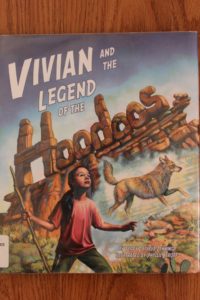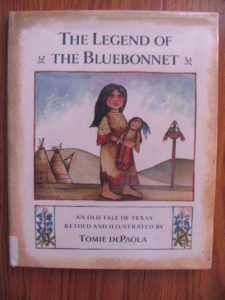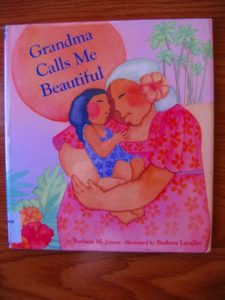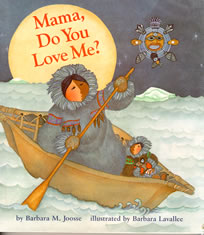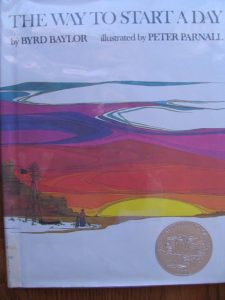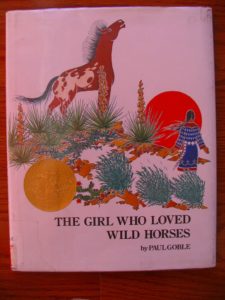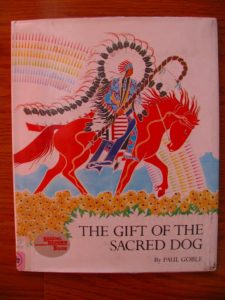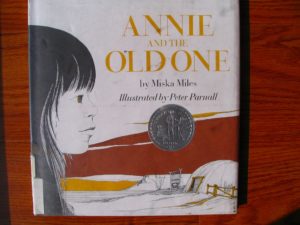By Melanie Florence, Illustrated by Gabrielle Grimard (Second Story Press – 2017)
When a little girl comes home from school one day and asks her grandpa how to say something in his Cree language, he is sad that he cannot teach her. He tells her that his words were stolen from him when he was taken to live at a residential school as a boy. The little girl then sets out to help her grandpa find his language again. It’s very emotional love story between grandpa and granddaughter.>>>At the end, there is English translation and pronunciation of the Cree words found in this tory.
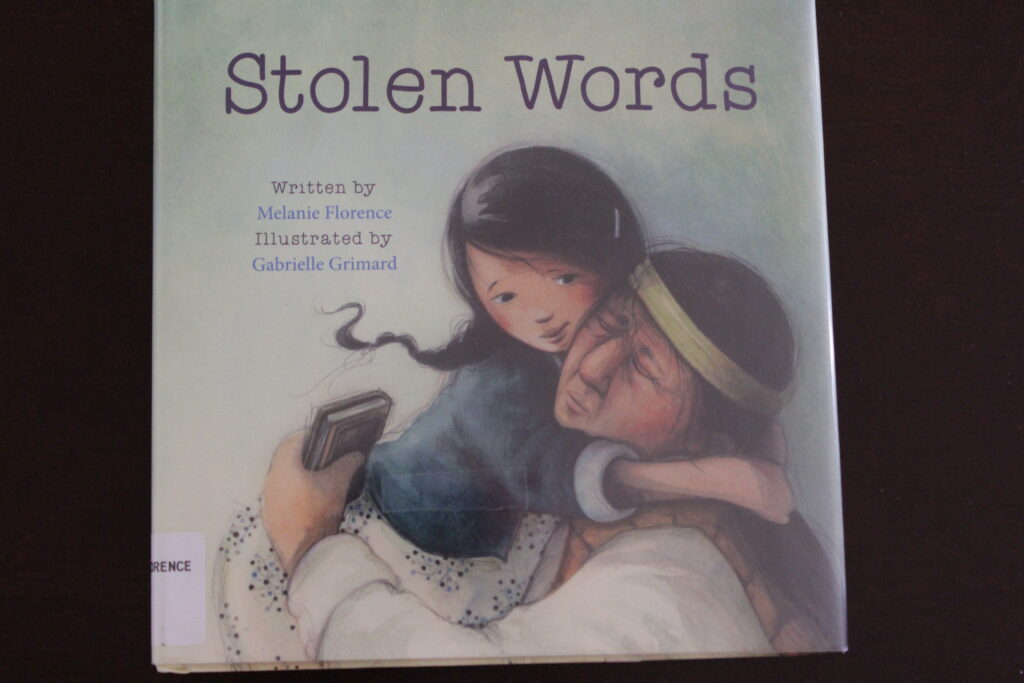
ある日少女が学校を終えて出てくると、迎えに来た祖父に、彼の言語であるCREE語で、ある言葉をどのように言うのか尋ねた。しかし、答えられない祖父は悲しそうであった。祖父は、子どもの時に強制的に入れられた寄宿舎で、自分の言葉が盗まれた(原住民の言語が禁じられ米語が強制された)ことを孫娘に伝えた。すると少女は、祖父の言葉を取り戻す手助けを始めた。祖父と孫娘の感激的な愛の物語である。>>>巻末に、この絵本に出てくるCREE語の言葉の英訳と発音が記載されている。

